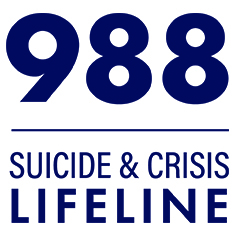Suicide Prevention: Access to Behavioral Health Services Lacking
August 19, 2016
A recent analysis of health care utilization among people experiencing suicidal and self-harm behaviors indicates that access to behavioral health services in this at-risk population is lacking. Using data from commercial and Medicaid insurance claims, researchers identified individuals who visited an emergency department for a suicide attempt or self-inflicted injury in 2014, and examined the health care services that they received in the 90 days before and after their emergency department visit. They found that more than 80 percent of the sample had not received care from a specialty behavioral health provider in the 90 days prior to their emergency department visit, and the majority also did not receive specialized behavioral health care in the 90-day period afterwards. Differences in service utilization by insurance type also emerged from the analysis, with commercially insured individuals demonstrating higher use of primary and specialty care before and after intent-to-harm-self emergency department encounters and Medicaid beneficiaries more likely to use emergency department services. According to the authors, these differences suggest that access to care represents a barrier that is “keeping individuals from receiving services that would reduce their likelihood of engaging in self-harm behavior” and that there is a “need for more effective care transitions and active outreach to those who self-harm following emergency department discharge.”
Spark Extra! Read the related Health Affairs article on suicide prevention in the health care system.
